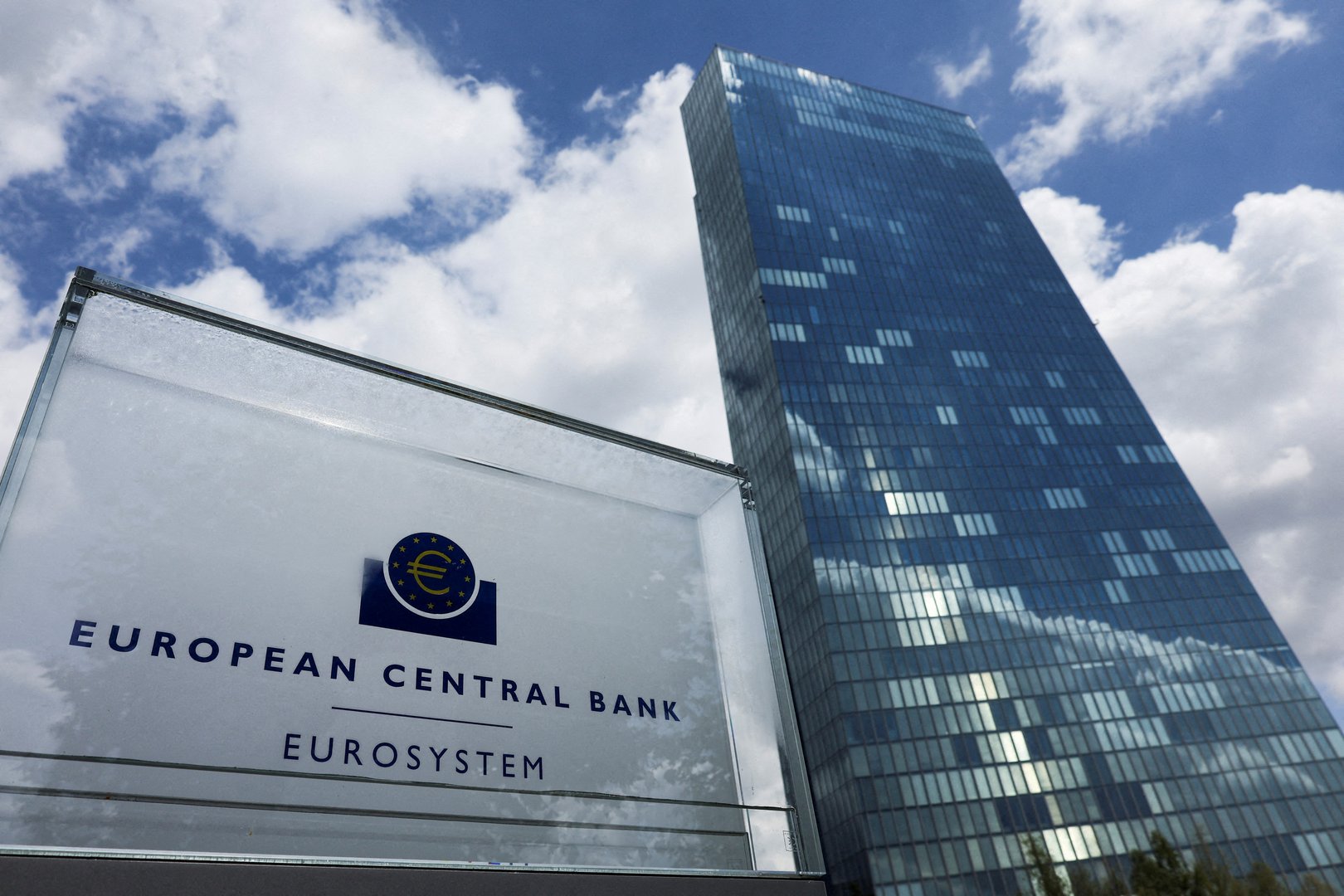The European Central Bank faces a difficult balancing act on Thursday as it likely slashes its forecasts for growth and inflation while trying to temper speculation about imminent interest rate cuts.
The ECB is certain to leave borrowing costs at record highs, with the only possible policy change relating to the end of its last surviving bond-buying scheme – a legacy of the COVID-19 pandemic.
But the central bank’s last meeting of the year will be anything but dull, with President Christine Lagarde under pressure to defend or ditch her guidance that rates will stay where they are for the next couple of quarters.
Investor expectations point to a first rate cut in the spring, which may make the ECB the first major central bank to reverse course after a global, concerted effort to bring down inflation since mid-2022.
Lagarde is likely to push back against rate-cut bets after it took the ECB a year and a half, and 10 straight hikes, to steer inflation onto a convincing downward path.
“We expect the ECB to acknowledge that inflation has declined more rapidly than expected but to be coy about declaring victory prematurely,” Deutsche Bank economists said.
The Federal Reserve signalled late on Wednesday that lower borrowing costs are coming next year, with policymakers indicating up to three cuts, making any ECB pushback even harder.
The euro firmed more than 1 per cent against the dollar on the Fed’s dovish commentary and rate cut expectations jumped, with markets now pricing in 155 basis points of ECB easing next year, including two moves by April.
This pricing mirrors expectations for the Fed with two moves seen by May 1 and 155 basis points over the course of 2024.
WEAKER GROWTH AND INFLATION
Updated economic projections are likely to reinforce markets views of an ECB pivot as they are set to show lower inflation and growth, particularly for next year, bringing them closer to consensus estimates.
Economists polled by Reuters see prices in the euro zone growing by 2.5 per cent in 2024, 2.1 per cent in 2025 and 2 per cent in 2026 – closing in on the ECB’s target after an outsized 5.5 per cent increase this year.
“Lagarde will be facing a tricky balancing act,” UniCredit said in a note. “We doubt that she will want to lean strongly against the current, very aggressive, market pricing.”
But wage data, due only in the late spring, will play a crucial role in shaping the rate path, making cuts before June inconsistent with the bank’s well telegraphed reaction function, UniCredit added.
The trouble for Lagarde and her Governing Council colleagues is that the ECB’s projections have often been wide of the mark – most significantly in 2021, when the central bank failed to anticipate the surge in inflation.
“Given the track record of the last few years, the central bank simply can’t afford to anticipate what might happen, it will have to wait until it happens,” ING economist Carsten Brzeski said.
Influential ECB board member Isabel Schnabel set the tone last week, when she took further interest rate hikes off the table given a “remarkable” fall in inflation.
Lagarde is expected to echo her argument that policymakers should not guide for rates to remain steady through mid-2024, but instead focus on economic data.
“We expect a clear shift of tone to emerge, with data dependency of any upcoming decision even more stressed than in the past,” Natixis economist Dirk Schumacher said.
Money-market traders are betting on a possible reduction in borrowing costs as early as March and a slim majority of economists polled by Reuters think it will come by June .
BOND RALLY
Those expectations have been brought forward since November’s weaker-than-expected inflation data and Schnabel’s comments to Reuters.
The ensuing bond rally has eased financing conditions, the opposite effect to the one the ECB has been trying to achieve via higher rates.
But there is a silver lining. It should now be easier for the ECB to decide on the future of its Pandemic Emergency Purchase Programme.
This was due to run until the end of next year but several policymakers have called for an earlier exit given bond markets show no sign of pandemic-era stresses.
The ECB is likely to discuss whether to stop replacing bonds that mature although it could defer a decision until early next year.
Anatoli Annenkov, an economist at Societe Generale, said the ECB may cap reinvestment at 10 billion euros ($10.8 billion) from March or April – down from 15-20 billion euros – with a view to ending purchases altogether by mid-year.
($1 = 0.9268 euros)







Click here to change your cookie preferences